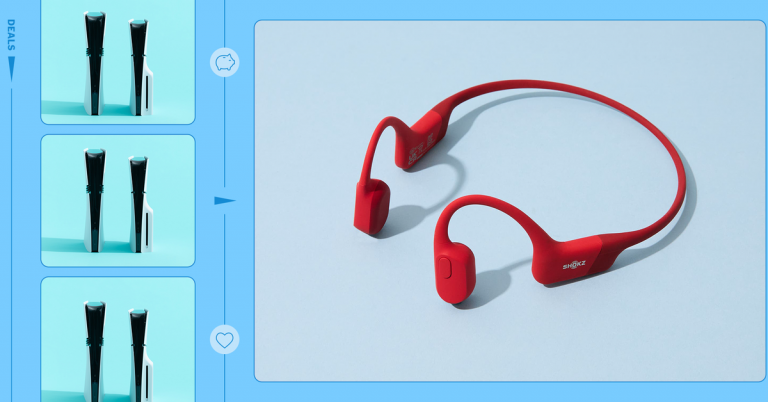The Best 4 Shop Vacs (or Wet Dry Vacs) of 2025

Best for…
If you’re looking for a smaller vac that’s a lot easier to move around, we like the DeWalt DCV581H 20V 2-Gallon Cordless/Corded Wet/Dry Vac. This vac is substantially lighter and more compact than the Ridgid models we recommend and can be carried like a duffel bag. It doesn’t have anywhere near the power of the larger models. But considering how this vac is intended to be used, its portability more than makes up for that. This is not a vac to use to clean your entire garage floor or to suck the dirt out of a 1,000-square-foot flooded basement. However, for minor renovation work around the house or for vacuuming out the car, this model is a nice choice.
A rare, important advantage with this DeWalt is that it can be powered with a 20-volt battery or via the attached power cord. Since wet/dry vacs are often used in an emergency, the cord provides a nice back-up power source, in case you don’t have a battery on hand. This also means you can keep using the vac long after the battery is dead. And you also have the cordless option for working in a remote location or during a power outage (if you have charged DeWalt batteries on hand).
You get the best value from this vac if you already own compaible DeWalt batteries. If you don’t, having to buy a battery and charger makes the investment a little steep for what you’re getting.
The most notable feature of the DeWalt is its compact size. Most people will have an easy time carrying it around by the top handle. The hose stretches out to about 5 feet—2 feet less than the hose included with either of the Ridgid picks. But because the vac is so easy to maneuver, the shorter hose isn’t a distraction. Cleaning up high—like if you’re sucking cobwebs off a garage window—is less of a problem with the DeWalt vac because you can just hold it.
The DeWalt vac’s power is decent, but this model clearly doesn’t have the suction of the corded Ridgid vacs (or even the cordless Greenworks vac, which we’ll get to next). In our test, it took this vac well over a minute to do what the Ridgid did in 15 seconds, and it didn’t do as good of a job, leaving behind the larger nails, little blocks of wood, and most of the screws. The DeWalt is really a tool meant for small messes, like drywall dust, sawdust, and wood shavings. In our other test, the DeWalt vac sucked out 2 gallons of water in 11 seconds—more than twice as long as it took the next weakest vacuum (the cordless Greenworks vac). That lines up with the DeWalt vac’s given CFM number—indicating suction—of 31, which is half that of the Greenworks vac. This isn’t an extremely high-powered tool, but it really is convenient to use.

The diameter of the hose is also much smaller than that of the hoses on the larger wet/dry vacs. The DeWalt’s hose is only 1¼ inches wide, compared with 2½ inches for the hoses on the Ridgid models and 1⅞ inches for the hose on the cordless Greenworks vac. The DeWalt vac’s smaller hose, along with its overall power, really limits what this vac can suck up.
The good news is that the vac’s slowness is compensated by its extended run time. On a fully charged 5Ah 20-volt battery, we got about 36 minutes of run time; this is staggering compared with run times of some other cordless vacs we tested—one of which only lasted 9 minutes. So the DeWalt vac might not clean as fast, but with that kind of run time, there’s no need to rush.
The DeWalt vac has a wide utility nozzle and a crevasse nozzle, both of which are smartly stored on the tool (the crevasse tool slides into the handle of the vac). There is also a clip the hose fits into, so it’s out of the way when stowed.
One downside to the DeWalt vac is that the blower port (which blows out all the air the vac is sucking in) is on the canister’s side and not the rear, where we would have preferred it. There were a few times we shifted the canister and accidentally blew dust and debris all over the place, since we forgot the blower port was on the side. On the other vacuums we recommend, the blower port is located opposite to the vac port which makes more sense to us.
Also, debris needs to take a tight right turn as it exits the hose and enters the vac canister. So when blockages happened here, they were a little more difficult to clear. We preferred how the Milwaukee hose entered straight into the canister (but using the Milwaukee vac with the accessory lid closed forces a right turn on the hose anyway).
As a bare tool, with no battery or charger, the DeWalt vac usually comes in at a reasonable price. But if you are also buying a battery and charger with it, the price can jump considerably, to one we think is pretty steep if this is the only cordless DeWalt tool you plan to own. This vac really makes the most sense if you’re already fully invested in the DeWalt 20-volt platform (or you plan to be in the future).
Long-term test notes
Throughout the summer and fall of 2023, the writer of this guide, Doug Mahoney, used the DeWalt extensively during a full kitchen renovation. It became an invaluable tool and was relied on far more than initially expected. It was especially useful for quick clean-ups of minor messes, like drywall repairs and smaller amounts of sawdust. With this little vac on hand, it was nice to not have to lug around the full-sized Ridgid canister just for some little dusty piles.
Wirecutter Senior Writer Tim Heffernan, who also has the DeWalt, uses it regularly to vacuum up the dirt, pumice, leaves, and pine needles that accumulate on his Brooklyn balcony. “There’s no outlet out there, so the DeWalt is a huge step up in convenience from our corded vacuum, which needed an extension cord run from inside the apartment to reach the far corners.” He also likes it, “for sucking up all the litter that our tomcat Uli flings around, and for quick cleanups of my workbench in the back room.” He wishes it came with a long hose extension, but, overall, he said, “it’s proven incredibly useful, due almost entirely to its cordless capability.”







